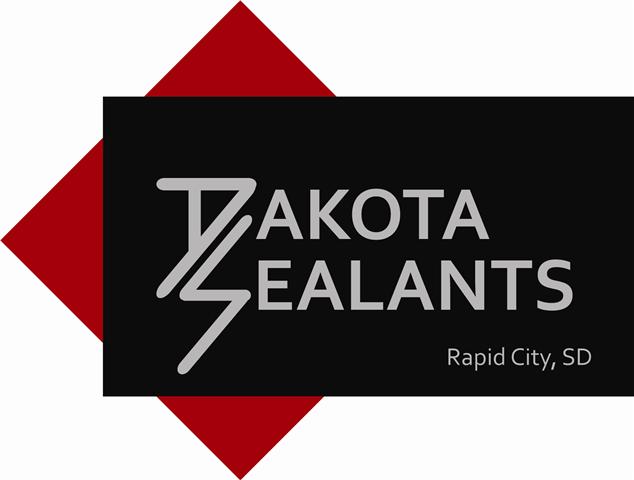
SERVICES


Dakota Sealants, Inc.
4903 Nonanna Street
Rapid City, SD 57702
(605) 381-5766
Fax: (605) 791-1650
Services Include:
- Caulking
- Firestopping
- Waterproofing
- Masonary Restoration/Tuckpointing
- Epoxy Joint Filling
- On site blueprint estimating
- Inspection and Consulting Service
Dakota Sealants, Inc. uses Tremco sealants.
Caulking:
The same term also refers to the application of flexible sealing compounds to close up crevices in buildings against water, air, dust, insects, or as a component in firestopping. This is mostly done with ready-mixed construction chemicals sold as caulk such as silicone, polyurethane, polysulfide, sylil-terminated-polyether or polyurethane and acrylic sealant. Unlike construction caulk, which is applied where no building movement is expected, a sealant is made of elastomeric materials that typically allow movement of 25% to 50% of the width of the joint. Silicone sealants form a durable, water-tight seal, but are not typically paintable. Some silicone sealants are made to be paintable with certain types of paint such as water or oil-based paints.
Firestopping
A firestop is a passive fire protection system of various components used to seal openings and joints in fire-resistance rated wall and/or floor assembles, based on fire testing and certification listings.
Unprotected openings in fire separations void the fire-resistance ratings of the fire separations that contain them, allowing spread of fire past the limits of the fire safety plan of the entire building. Firestops are designed to restore the fire-resistance ratings of rated wall and/or floor assembles by impeding the spread of fire through the opening by filling the openings with fire resistant materials.
Tuckpointing
Repointing is the process of renewing mortar joints in masonry construction. Over time, weathering and decay causes voids in the joints between masonry units (usually bricks) allowing the undesirable ingress of water. Water entering through these voids can cause significant damage through freeze/thaw cycles and from salt dissolution and deposition. Repointing is also called pointing, or pointing up, although these terms more properly refer to the finishing step in new construction.
Waterproofing
Waterproof or water-resistant describes objects unaffected by water or resisting water passage, or which are covered with a material that resists or does not allow water passage. Such items may be used in wet environments or under water. Waterproofing describes making an object waterproof or water-reisitant.
A building or structure needs waterproofing as concrete itself will not be watertight on its own. The conventional system of waterproofing involves membranes. This relies on the application of one or more layers of membrane (available in various materials: e.g. bitumen, silicate, PVC, HDPE, etc.) that act as a barrier between the water and the building structure, preventing the passage of water. However, the membrane system relies on exacting application, presenting difficulties. Problems with application or adherence to the substrate can lead to leakage.
Over the past two decades, the construction industry has had technological advances in waterproofing materials, including integral waterproofing systems as well as more advanced membrane materials.
Integral systems work within the matrix of a concrete structure, giving the concrete itself a waterproof quality. Generally, new technology in waterproof membranes relies on polymer based materials that are extremely adhesive to create a seamless barrier around the outside of a structure.
Polyurea Joint Filling
Polyurea is being successfully used as a multi-purpose joint fill, caulking and sealant material. It can provide a flexible, durable, weather-tight and traffic resistant seal for all types of building joints, such as expansion joints, panels and doors, water reservoirs, etc. It has excellent crack-bridging properties with high elongation and tensile strength.
The fast cure time and insensitivity to moisture allows for a quicker installation with a wider application window.
Epoxy Joint Filling
Control joints, also known as contraction joints, are cut into concrete to allow the concrete to expand and contract without cracking. These joints are typically 1/16" to 1/2" wide. Heavy traffic over these joints will cause the edges to chip off. If left unprotected the joints will continue to deteriorate causing major spalling. The best way to protect the joint edges is to fill them with a semi-rigid epoxy joint sealant.
